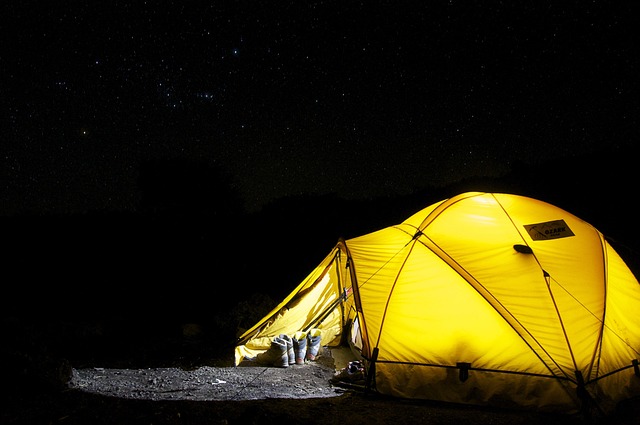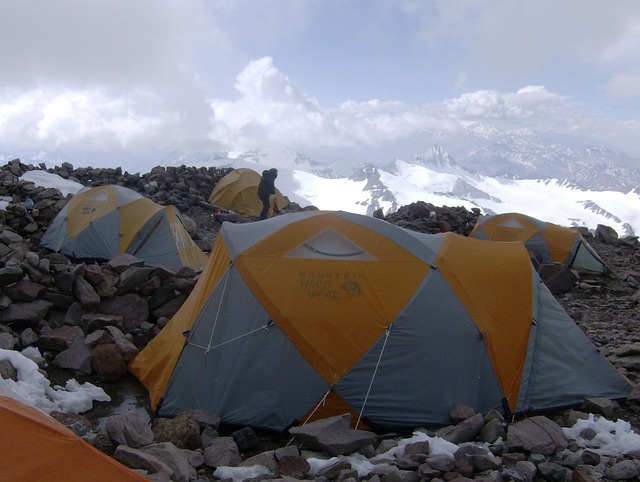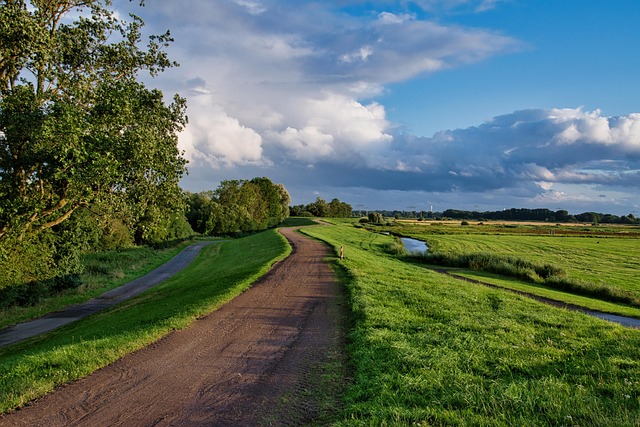Leave No Trace principles are vital for protecting scenic campsites by minimizing human impact on nature. Campers and hikers should follow guidelines like proper waste disposal, respecting wildlife habitats, conserving resources, and maintaining clean sites to safeguard ecosystems and preserve natural beauty for future visitors. Responsible practices, community engagement, and collaborative efforts ensure the longevity of these outdoor treasures.
Discover the profound impact of the Leave No Trace principles on environmental conservation, especially within scenic campsites. This article explores how adhering to these guidelines can ensure natural areas remain pristine for future generations. We’ll delve into key concepts like respecting nature and other users, practical tips for minimizing your impact, and the crucial role community engagement plays in spreading this essential message. By embracing Leave No Trace, we foster a harmonious relationship between outdoor enthusiasts and our breathtaking scenic campsites.
- Understanding Leave No Trace: A Conceptual Overview
- The Role of Scenic Campsites in Environmental Conservation
- Key Principles: Respect for Nature and Other Users
- Practical Tips for Minimizing Your Impact at Campsites
- Community Engagement: Spreading the Leave No Trace Message
Understanding Leave No Trace: A Conceptual Overview

Understanding Leave No Trace is essential in the context of outdoor recreation, especially when visiting scenic campsites. This concept encourages responsible outdoor behavior to minimize human impact on nature. The principles focus on respecting wildlife, preserving natural habitats, and leaving spaces untouched for future visitors. By adhering to these guidelines, campers and hikers can contribute to the conservation of fragile ecosystems.
The Leave No Trace philosophy promotes actions like properly disposing of waste, avoiding disturbances to local flora and fauna, and minimizing the use of resources. When applied at scenic campsites, it ensures that these natural wonders remain pristine for generations to come. It’s a shared responsibility to protect the environment and preserve the beauty of outdoor spaces for all to enjoy.
The Role of Scenic Campsites in Environmental Conservation

Scenic campsites play a pivotal role in environmental conservation efforts, offering a harmonious balance between outdoor recreation and ecological preservation. These sites are carefully managed to minimize human impact on natural landscapes. By adhering to Leave No Trace principles, campers can contribute significantly to maintaining the pristine beauty of these areas for future generations.
One of the key benefits is that scenic campsites encourage responsible outdoor behavior. Campers are taught to respect wildlife habitats, properly dispose of waste, and avoid damaging vegetation. This not only ensures the long-term sustainability of these natural havens but also enriches the overall experience for visitors who wish to connect with nature without leaving a trace of their passage.
Key Principles: Respect for Nature and Other Users

At its core, the Leave No Trace principle revolves around respecting both nature and other outdoor users. When visiting scenic campsites or any natural area, it’s crucial to minimize your impact on the environment and consider the experience of others. This means being mindful of noise levels, especially during quiet hours, and keeping your campsite clean and free from litter. Respecting wildlife is another key aspect; maintain a safe distance and never feed animals, as this can disrupt their natural behavior and health. By adhering to these principles, outdoor enthusiasts contribute to preserving the beauty and integrity of scenic campsites for current and future generations.
Practical Tips for Minimizing Your Impact at Campsites

When visiting scenic campsites, it’s crucial to adopt practices that minimize your impact on the environment. Start by choosing designated campsites to avoid damaging delicate ecosystems. Always pack out what you pack in: properly dispose of waste, and consider carrying a reusable water bottle to reduce plastic pollution.
Before setting up camp, scout for potential impacts. Look for signs of previous campers’ trash or disturbed areas. Practice minimalist cooking by using fuel-efficient stoves and only grilling in designated areas. Lastly, respect wildlife by keeping food securely stored and avoiding interactions that could disturb their natural behavior.
Community Engagement: Spreading the Leave No Trace Message

Community engagement plays a vital role in promoting sustainable outdoor practices, especially when it comes to popular scenic campsites. By involving local communities and stakeholders, the Leave No Trace principles can be effectively disseminated and embraced on a larger scale. This can take various forms, such as educational workshops held at schools or community centers, where outdoor enthusiasts and experts share their knowledge about minimizing human impact on nature.
Local businesses, tourism boards, and hiking clubs can also contribute by integrating Leave No Trace messaging into their activities and promotions. They can offer guided tours that demonstrate responsible camping techniques and highlight the importance of preserving these natural spaces for future generations to enjoy. This collaborative approach ensures that the beauty and integrity of scenic campsites are maintained while empowering communities to take pride in their outdoor heritage.
